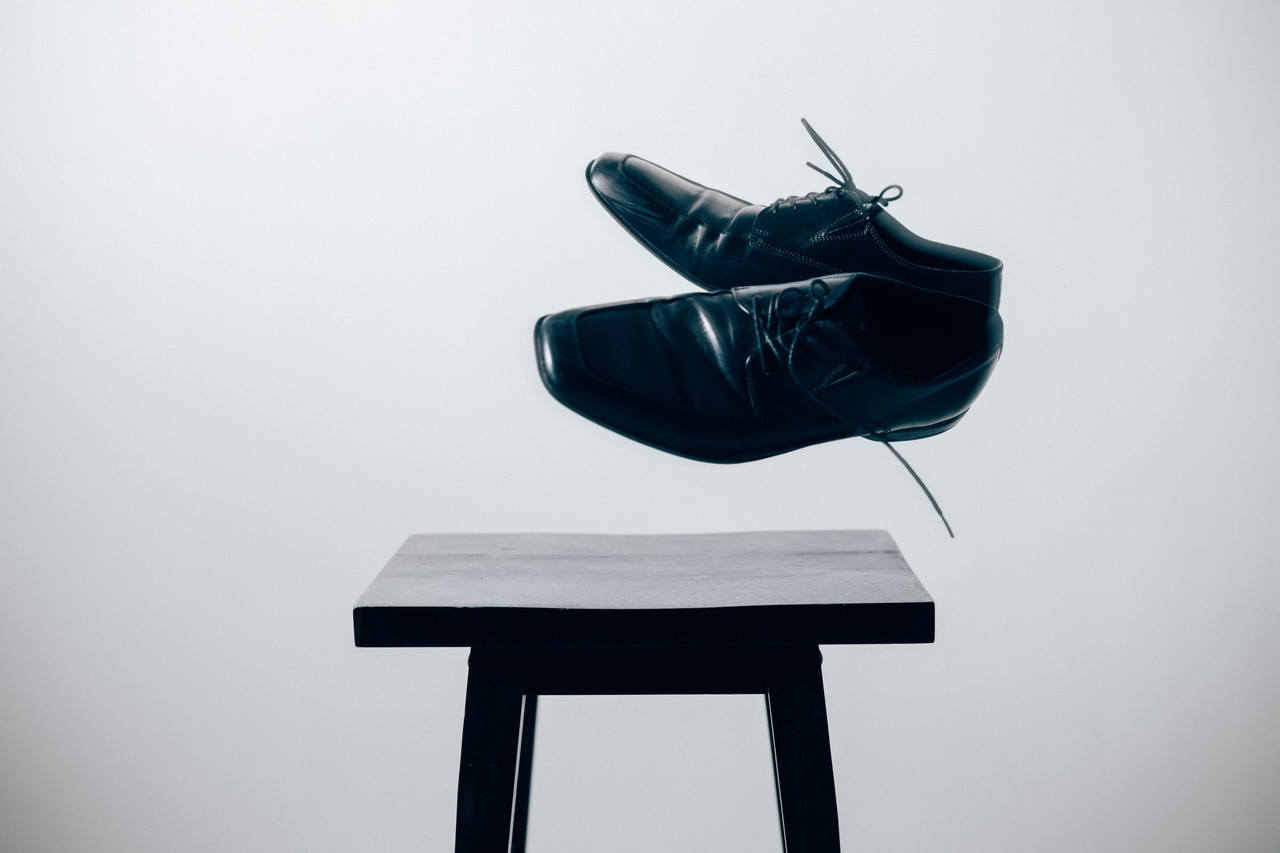Orthopedic Shoes vs. Custom Orthotics
Posted by Orthotics Direct on 2020 Oct 13th
If you experience pain and discomfort in your feet, you can take many different steps to get relief. Depending on the type of foot issues you have, some may be more appropriate for treating your symptoms so that you can get back to your routine.
Two of the most common treatments for foot and gait problems are orthopedic shoes and custom orthotic inserts.
These two products can treat foot problems like hammertoe, plantar fasciitis, fallen arches, and diabetic feet. However, many misconceptions surround them both. People often assume that both of these products are expensive or are only available for a narrow set of foot issues.
Today, we’ll explain the difference between orthopedic shoes and orthotic devices, debunk some common myths about each one, and show you how to treat various painful and irritating foot conditions.
Once you have a better understanding of their uses, you can decide which is right for your needs.
What is an Orthopedic Shoe?
An orthopedic shoe is a type of footwear made with additional features you wouldn’t generally find in most off-the-rack shoes. Typical supportive features may include extra ergonomic cushioning through the sole, a deep heel cup that stabilizes the foot, and an extra-roomy toe box.
In addition to their supportive features, orthopedic shoes get made to minimize irritation and discomfort. It’s not uncommon to find orthopedic shoes with seam-free interiors, stretchy fabric uppers, and a padded collar. These attributes are great for people with more sensitive feet due to conditions like diabetic neuropathy.
Orthopedic shoes can also correct gait problems, like overpronation. The additional stability these shoes provide helps limit the foot’s inward motion, helping avoid related knee, hip, and back pain.
Pros:
Great for mobility issues
Orthopedic shoes are great for people who have mobility issues, significantly if the issue currently affects their lower leg or ankles. Because an orthopedic shoe envelops the entire foot and stabilizes the ankle, it makes walking or even running easier for people with these issues.
Boosts circulation
Orthopedic shoes can help boost circulation for people with diabetic or neuropathy issues because they’re roomier and often more comfortable than traditional shoes.
Cons:
A limited number of styles
Opting for orthopedic shoes over orthotics means that you’re limited to a specific type of shoe, which can often be large, with fewer styles available. If you’re usually in formal or business attire, it can be challenging to find a pair of shoes that work for your needs.
Price
Orthopedic shoes can get expensive, costing anywhere from $200 to $800 for a fully customized pair.
What is a Custom Orthotic Insert?
Another useful tool for treating and preventing foot and lower body issues is the custom orthotic insert. A custom orthotic insert is a narrow insert placed inside a regular or orthopedic shoe.
Many different orthotic inserts are available today, ranging from the popular over-the-counter insert available at most pharmacies and shoe stores to completely custom options that are constructed based on an individual’s measurements.
Most doctors recommend investing in custom orthotic inserts once you’ve determined what’s causing your foot or gait problems.
At Orthotics Direct, every custom orthotic we build starts with a precise cast of the customer’s foot, taken either digitally or using a foam mould. Once the measurements are exact, we make each orthotic fit the wearer and consider all of their foot and gait problems.
Pros:
Accommodates a variety of foot issues
Since we make custom orthotics from a cast of your foot, a custom orthotic insert can accommodate various foot and gait issues – even ones that coincide with one another. We customize orthotics to each wearer. This way, we can correct foot and gait mechanics while offering cushion for physical ailments like plantar fasciitis, bunions, or ulcers.
Custom-fit to almost any shoe
Instead of wearing orthopedic shoes, which are typically more casual in appearance, you can insert orthotic insoles into any shoe, including designer and brand-name options. Orthotic insoles give you a lot more flexibility to choose shoes that match your outfit.
Custom orthotics can also be transferred between different pairs of shoes, ensuring comfort no matter the situation.
Cons:
Rumours of muscle weakness
One of the most popular myths about orthotic devices is that they can eventually cause muscle weakness. This myth makes some people unwilling to wear them long-term.
Thankfully, research has shown that instead of causing muscle weakness or atrophy, Orthotics help cushion feet that are sore from plantar fasciitis or tendonitis while you’re recovering. Once healed, you can gradually transition back to other footwear.
Can be expensive
Like orthopedic shoes, custom orthotic inserts can be costly to make since an orthotics company is crafting them to fit each individual’s specific measurements. However, the ability to use orthotics in multiple pairs of shoes makes the investment more sensible, especially to people who are paying the entire cost out of pocket.
Find Reasonable Custom Orthotics at Orthotics Direct
One great way to save money while shopping for custom orthotic inserts is to purchase them from a reputable online retailer like Orthotics Direct. Instead of investing in a brick-and-mortar location, we’ve kept our operations entirely online, enabling us to pass those savings to our customers.
Another great way to save money is to buy one of our package deals: a pair of custom orthotics bundled with a new pair of shoes. We carry some of the best comfortable shoe brands like Brooks, Clarks, Sorel, and many more. It’s a great way to stay comfortable while maintaining your style.

